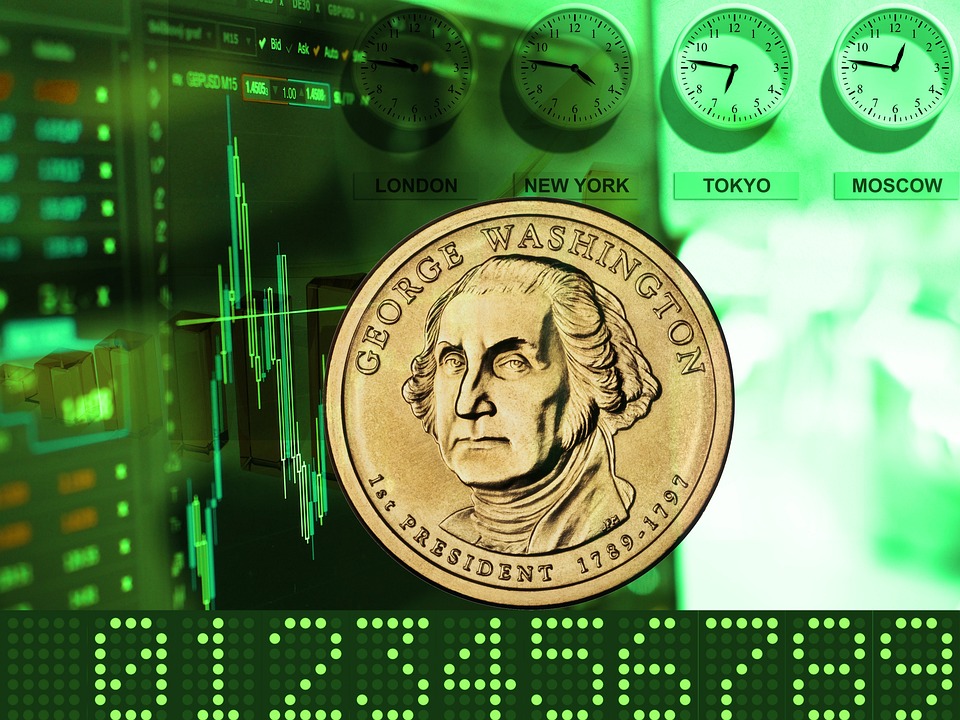Index futures trading is a popular and potentially lucrative way to invest in the stock market. By understanding and utilizing cutting-edge trading strategies, investors can boost their returns and achieve better results with their index futures trading activities. In this article, we will explore some of the top strategies that can help investors take their index futures trading to the next level.
What are Index Futures?
Index futures are financial derivatives that allow investors to speculate on the future direction of a stock market index, such as the S&P 500 or the Dow Jones Industrial Average. These futures contracts are standardized and traded on organized exchanges, providing investors with a convenient way to gain exposure to the broader stock market.
When trading index futures, investors are essentially betting on the future price of the underlying index. If they believe that the index will rise in value, they can buy futures contracts to profit from the increase. Conversely, if they expect the index to decline, they can sell futures contracts to benefit from the decrease in value.
Boosting Your Returns with Cutting-Edge Strategies
1. Trend Following
One of the most popular and effective strategies for index futures trading is trend following. This approach involves identifying and following the prevailing trend in the market. By entering long positions when the market is trending upwards and short positions when the market is trending downwards, investors can capitalize on the momentum and potentially boost their returns.
To implement a trend-following strategy, investors can use technical indicators such as moving averages, trend lines, and momentum oscillators to identify the direction and strength of the trend. By aligning their trades with the prevailing trend, investors can increase the likelihood of profitable outcomes and improve their overall trading performance.
2. Mean Reversion
In contrast to trend following, mean reversion is another cutting-edge strategy that can be employed in index futures trading. This strategy is based on the premise that asset prices tend to oscillate around their long-term average or mean level. As a result, when prices deviate significantly from their mean, they are likely to revert back to it in the future.
To apply a mean reversion strategy, investors can look for oversold or overbought conditions in the market and take positions that exploit the expected mean reversion. By identifying opportunities to buy low and sell high, investors can potentially increase their returns and capitalize on short-term market inefficiencies.
3. Volatility Trading
Volatility trading is a sophisticated strategy that involves speculating on the magnitude of price movements in the market. Since index futures can be highly sensitive to changes in market volatility, investors can take advantage of this by trading options on futures contracts or employing volatility-based trading strategies.
By effectively managing volatility exposure and utilizing options strategies such as straddles, strangles, and butterflies, investors can generate returns from fluctuations in market volatility. Additionally, by hedging against potential increases in volatility, investors can protect their positions and reduce their overall risk exposure.
4. Algorithmic Trading
Another cutting-edge approach to index futures trading is algorithmic trading, which involves using computer algorithms to execute trades based on predefined rules and parameters. Algorithmic trading can help investors capitalize on market inefficiencies, trends, and opportunities that may be difficult to identify and exploit manually.
By leveraging advanced quantitative techniques, statistical analysis, and machine learning algorithms, investors can develop and deploy sophisticated trading strategies that can enhance their trading performance and potentially boost their returns. Additionally, algorithmic trading can help investors automate their trading activities and achieve greater efficiency in their trading operations.
FAQs
Q: What are the benefits of trading index futures?
A: Trading index futures offers several benefits, including leverage, diversification, liquidity, and potential tax advantages. Additionally, index futures provide investors with the ability to speculate on the direction of the broader stock market and effectively manage their risk exposure.
Q: How can I minimize my risk when trading index futures?
A: Investors can minimize their risk when trading index futures by implementing risk management techniques such as setting stop-loss orders, diversifying their trading portfolio, and employing hedging strategies. Additionally, it is important to conduct thorough research and stay informed about market trends and developments.
Q: Are there any risks associated with index futures trading?
A: Like any investment activity, index futures trading carries certain risks, including market risk, leverage risk, liquidity risk, and systemic risk. It is important for investors to carefully assess and manage these risks to protect their capital and achieve sustainable returns.
Q: How can I stay informed about the latest trends and developments in index futures trading?
A: Investors can stay informed about index futures trading by following reputable financial news sources, reading industry reports and analysis, and engaging with professional traders and market experts. Additionally, participating in trading communities and forums can provide valuable insights and perspectives on market trends and developments.
In conclusion, by leveraging cutting-edge strategies such as trend following, mean reversion, volatility trading, and algorithmic trading, investors can enhance their index futures trading performance and potentially boost their returns. It is important for investors to conduct thorough research, develop a clear trading plan, and implement effective risk management techniques to capitalize on market opportunities and achieve sustainable results in their index futures trading activities.




